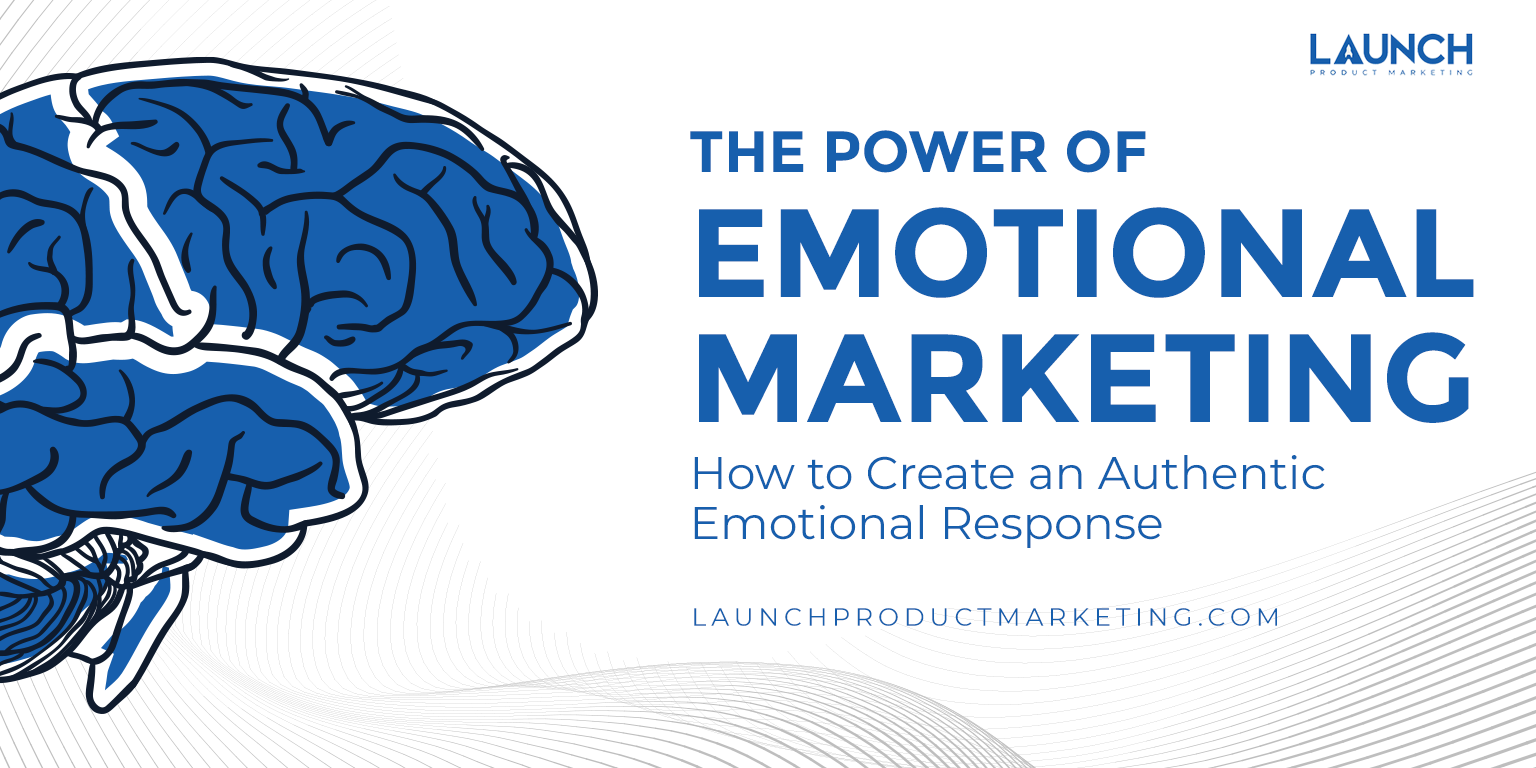The Immense Power of Emotional Marketing: How to Create an Authentic Emotional Response

In today’s hectic marketing world, you want your audience to feel something while reading, watching, or hearing about your company or product. Sometimes it’s a positive emotion such as nostalgia, curiosity, or excitement, while other times it’s envy, fear, or concern. The goal is for your company to stand out, and the consumer to engage and buy your product or service. But buyers are more likely to make a purchase – and purchase more – if your marketing efforts focus on emotional intelligence to create a consistent emotional connection.
The American Society for the Prevention of Cruelty to Animals’ 2007 commercial featuring pictures of neglected and abandoned animals set to the music of Sarah McLachlan’s song “Angel” raised over $30 million in donations in less than two years. Because the commercial tapped into our emotions, not only did people donate, but the ad is infamous for increasing the visibility of animal cruelty. Although the commercial unabashedly used emotion, it appropriately and effectively leveraged the power of marketing to connect with the audience.
Companies use emotion in marketing to reach an end goal – increase sales and brand loyalty. Hubspot analyzed 1,400 successful advertising campaigns and found that those with only emotional content were more than twice as successful (31% compared to 16%) than those from a purely rational perspective. Additionally, 74% of consumers were more likely to buy a product when they responded emotionally to a campaign, according to a study by Unruly.
It’s easy to assume that using emotions in marketing is primarily for nonprofits and B2C products, but emotion plays a vital role in B2B marketing as well. IBM Watson uses emotion through a variety of media, commercials, print ads, content marketing, and social media to show how AI impacts our daily lives and the difference it can make in business. One of the unique aspects of the Watson campaigns is that they air on traditionally B2C channels, such as prime time television, even though the products are B2B. These campaigns focus on the human element of technology to reach those who are both consumers and creators, such as programmers and engineers.
Tips for Effective Emotional Marketing
While emotion is compelling in marketing, you can easily misuse it and have the opposite effect – losing customers, inciting public backlash, and causing damage to your brand. By strategically (and carefully) incorporating emotion, you can dramatically improve your marketing results and avoid adverse effects.
Here are four tips to awaken emotions through marketing:
1. Use audience personas to determine the most effective emotional triggers
Marketers invest endless hours into creating ideal buyer personas. We get into the brains of the people we want to buy our products – where they shop, why they choose item A over item B, where they spend their free time, what their education level is, what kind of job they have. Personas are especially important when using humor, which is often overlooked when considering emotion-based marketing. Over the past 25 years, Geico has effectively used humor to evoke emotion by featuring unexpected characters, including squirrels, cavemen, and pigs.
2. Connect emotion-based marketing to core values
An emotional connection is much more likely when a marketing campaign clearly aligns with a problem the product (actually) solves and a company’s core business values – customers see through smoke and mirrors. For the past 15 years, the Dove #RealBeauty campaign has demonstrated the importance of natural beauty, which directly ties to the company’s mission and what it sells.
3. Focus on touching (pun intended) customers’ senses
Successful marketing evokes all (or at least multiple) of the customer’s senses, and different consumers react to specific sensory elements. By engaging multiple senses, you are more likely to get a response from the highest number of people. According to Mood Media, 90% of consumers around the world are more likely to revisit a business that leverages music, visuals, and scent.
In the Ram Truck Super Bowl commercial “Farmer,” the power of the ad comes from Paul Harvey’s 1978 speech that focuses on family value, faith, and hard work, the striking photos, and the narrator’s direct, perfectly paced speaking style. Without any one of these elements, the commercial would be less compelling.
Keep in mind imagery as well as word choice in headlines and throughout materials. Consider adding “sensory” words into the copy whenever appropriate. Carefully select the music for videos and commercials, because music often has a powerful emotional effect – as evidenced by the ASPCA commercial.
4. Create genuine emotion based on fairness and truth
Marketing has immense power when it targets emotions. When misused, marketing or any media communications can easily – sometimes intentionally, sometimes unintentionally – cross the line into being misleading and deceptive. Many people (if not most) have bought something on impulse that they later regret, usually because the marketing material created an exaggerated emotional response. While the customer ultimately purchased a product, deceptive marketing does not lead to long-term loyalty and profitability.
Businesses hold tremendous power when weaving action-inciting emotions into ads, commercials, and content. It’s easy (and common) to underestimate or overestimate the power of marketing, both of which are critical mistakes for companies. However, by successfully harnessing the power of emotion, companies can both increase revenue and develop loyal customer relationships that impact business growth.
